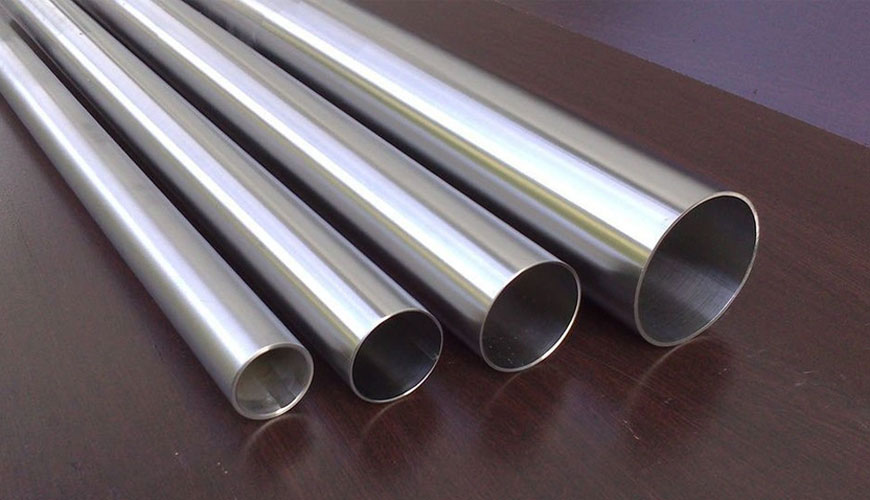

This part of the ISO 3651 standard developed by the International Organization for Standardization (ISO) states that low Cr [less than 16% Cr, less than 0,3% Ni, less than 0,3% Ti and 0,3% Nb' less than 0,3] indicates the determination of intergranular corrosion susceptibility. % (Ti + Atomic weight ratio Nb)] Ferritic stainless steels in 0,5% sulfuric acid/copper sulfate test. It also specifies the purposes that can be assigned to the test.

The method is applicable to stainless steels supplied in the form of rolled sheets and welded pipes and intended for use in a mildly oxidizing acid environment.
It is important to note that the result of the corrosion test is strictly valid only for the corrosive medium used in the test. It provides a basis for estimating resistance to intergranular corrosion, but cannot be used to check resistance to other forms of corrosion (general corrosion, pitting, stress corrosion, etc.).
It is important that the user adapts the specified corrosion test where steels are used. This test is in no case considered an absolute criterion of the quality of the metal. The term "intergranular corrosion testing" refers to the corrosion test performed by preferential attack of grain boundaries.
Low Cr [less than 16% Cr, less than 0,3% Ni, less than 0,3% Ti and less than 0,3% Nb, less than 0,3% (Ti + Atomic weight ratio Nb)] ferritic stainless steels are susceptible to such attacks when exposed to a temperature of about 500 °C to 1 300 °C. This heat cycle, which can cause sensitization to intergranular corrosion, can occur during the rolling or welding process.
Due to the electrochemical potential difference between matrix and Cr depletion for low Cr ferritic, low Cr ferritic stainless steels can exhibit uniform corrosion rates and high risks of copper deposit when tested by the methods given by ISO 3651-1 and ISO 3651-2. stainless steels are much less than medium Cr ferritic stainless steels. These risks should be considered when choosing this test method.
Application of this standard test to other stainless steels outside of the above specifications should be done in accordance with specific agreement between the parties concerned.
Among the services provided by our organization within the framework of material testing services, there are also ISO 3651-3 standard tests. Do not hesitate to contact our laboratory EUROLAB for your testing and certification requests.
To get an appointment, to get more detailed information or to request an evaluation, you can ask us to fill in our form and reach you.